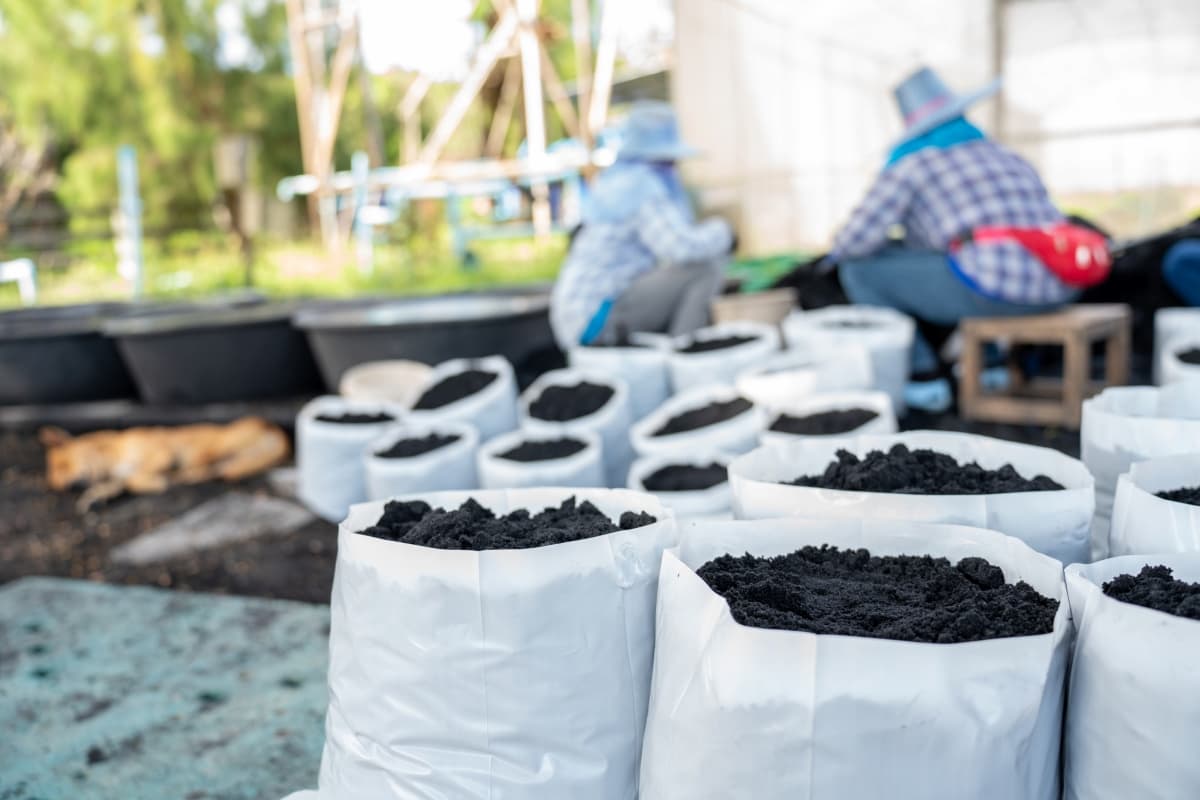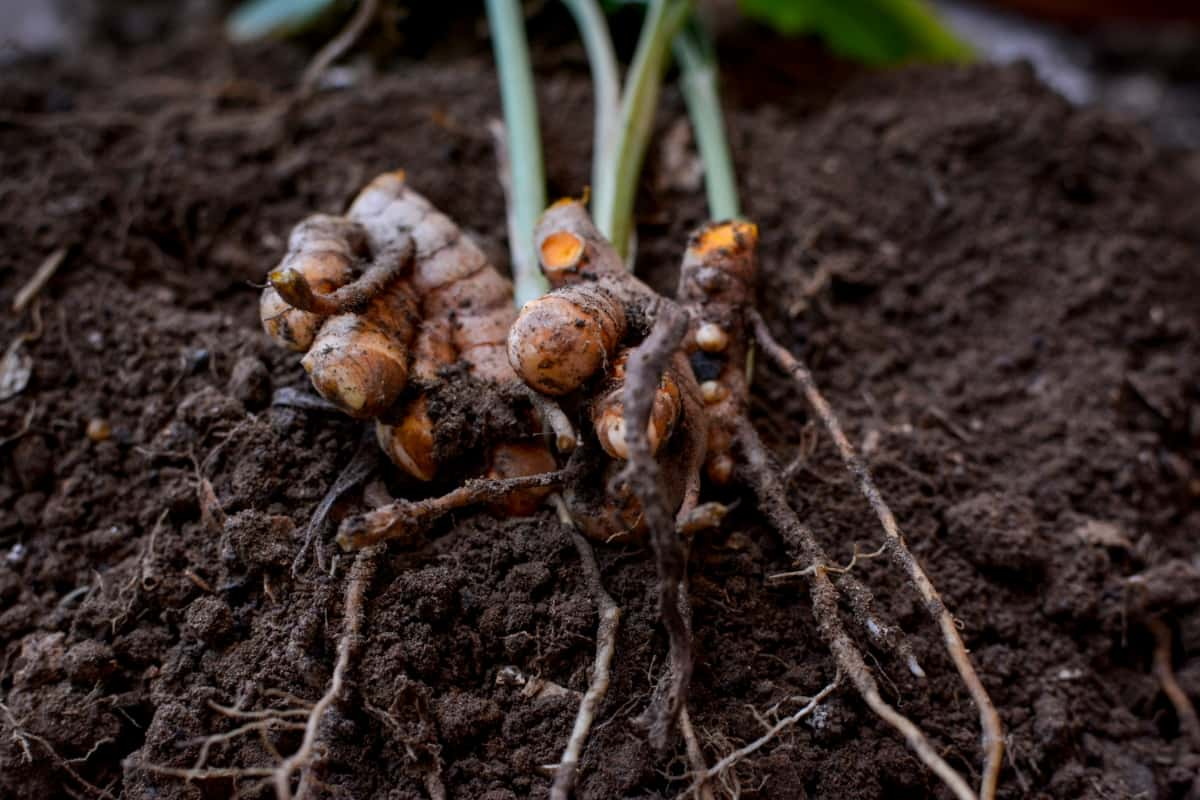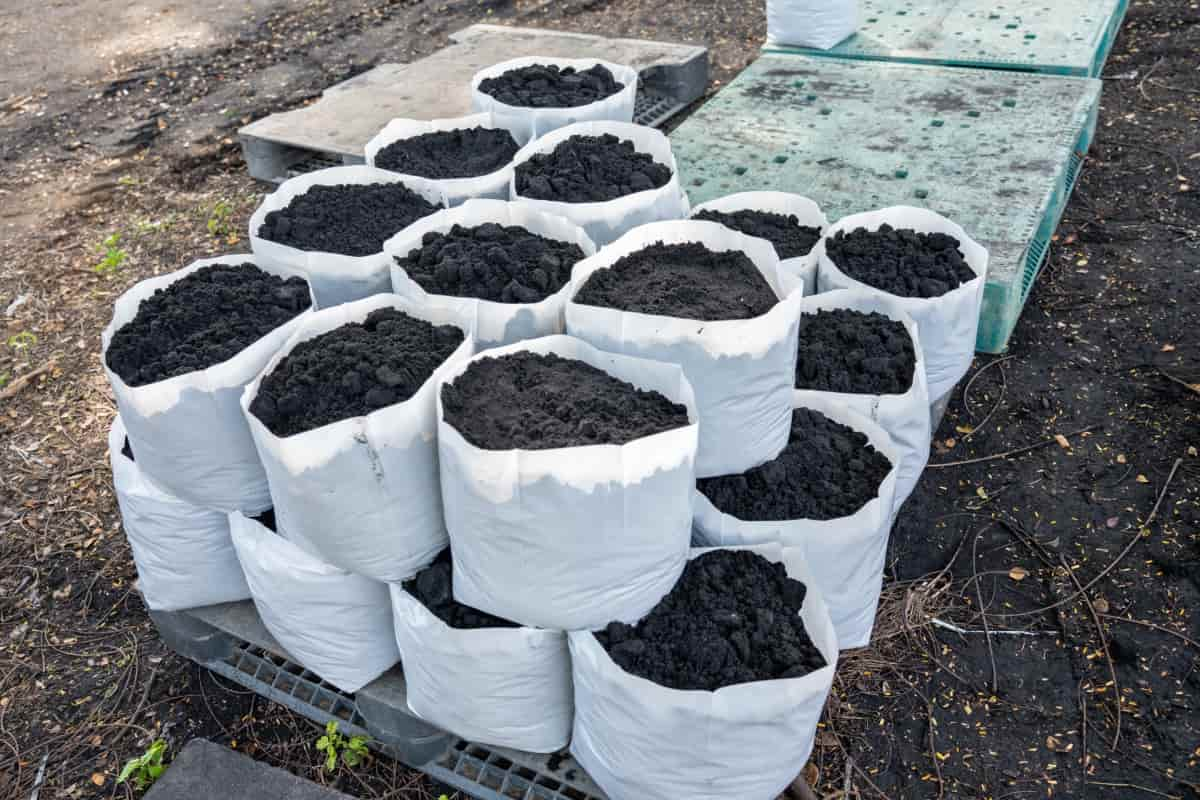Growing turmeric in grow bags has become convenient and efficient for gardeners to cultivate this vibrant and beneficial herb, even in limited spaces. Turmeric grow bags offer numerous advantages, such as improved soil aeration, ease of management, and the flexibility to optimize growing conditions, making them ideal for organic turmeric cultivation.
With the right approach to selecting turmeric varieties for containers, preparing grow bags for turmeric, and understanding the plant’s needs, growers can achieve a bountiful harvest. This guide will cover essential aspects such as the best soil for turmeric in bags, watering, fertilizing, and harvesting turmeric from grow bags, and ensuring a successful grow bag gardening experience for turmeric.
Benefits of Using Grow Bags for Turmeric
Using grow bags for turmeric presents numerous benefits, including improved soil aeration, enhanced drainage, and the ease of controlling the soil environment. Grow bags, particularly fabric ones, encourage healthy root development by preventing root circling and promoting air pruning. This results in stronger, healthier turmeric plants.
Understanding Turmeric: Plant Profile and Varieties
Turmeric is a perennial herb known for its aromatic rhizomes, widely used in cooking, medicine, and as a dye. The plant thrives in warm, humid climates, typically in USDA zones 8-11. When growing turmeric in containers, selecting the right varieties is crucial for success.

Some popular turmeric varieties for containers include ‘Curcuma longa,’ the most common type for culinary turmeric, and ‘Curcuma aromatica,’ often used in cosmetics and skincare products. Each variety has its requirements and benefits, making it essential for gardeners to choose the ones that best suit their growing conditions and intended use.
Planting Turmeric in Grow Bags
Selecting the Right Grow Bags
Choosing Size and Material for Turmeric Cultivation
The choice of size and material for turmeric grow bags is crucial, with sizes typically ranging from 5 to 20 gallons to adequately accommodate the plant’s root system. Fabric bags are preferred for their breathability, which promotes healthy root growth and prevents issues like root rot. The importance of drainage in turmeric grow bags cannot be overstated, as well-drained soil is vital for turmeric’s health, making bags with built-in drainage features or adding drainage holes a must.
Importance of Drainage in Turmeric Grow Bags
Proper drainage is essential in turmeric grow bags to prevent waterlogging, leading to root diseases and hindering growth. Grow bags inherently promote good drainage, especially those made from breathable materials like fabric, which allow excess water to escape while retaining enough moisture for the plants. Ensuring that the grow bags are placed on a surface that facilitates water drainage, such as gravel or a raised rack, further aids in maintaining the ideal moisture level for turmeric cultivation.
Soil Preparation and Requirements
Ideal Soil Mix for Turmeric in Grow Bags
The ideal soil mix for turmeric in grow bags should be rich in organic matter, well-draining, and have a pH ranging from 5.5 to 6.5. A blend of garden soil, compost, and a lightweight component like perlite or coconut coir makes for the best soil for turmeric in bags, ensuring proper aeration and nutrient availability. Adjusting soil pH and nutrient levels for optimal growth is sometimes necessary. According to soil test results, this can be achieved by adding elemental sulfur to lower the pH or lime to raise it.
Adjusting Soil pH and Nutrient Levels for Optimal Growth
Adjusting the soil pH to fall within the ideal range of 5.5 to 6.5 is critical for turmeric’s nutrient uptake. If the soil pH is outside this range, amendments such as lime (to increase pH) or sulfur (to decrease pH) can be incorporated based on soil test recommendations. Ensuring the soil in grow bags is rich in essential nutrients is also crucial; this can involve incorporating well-rotted compost or aged manure into the soil mix and applying balanced, organic fertilizers to meet the nutrient needs for turmeric in grow bags.
Planting Turmeric Rhizomes
Best Time to Plant Turmeric Rhizomes
The best time to plant turmeric rhizomes is in the spring, after the last frost has passed and when temperatures consistently warm up, as turmeric thrives in warm conditions. This timing ensures that the turmeric plants have a full growing season to develop before the cooler temperatures of fall and winter.
Preparing and Positioning Rhizomes in Grow Bags
Preparing turmeric rhizomes for planting involves selecting healthy, firm rhizomes with at least one or two buds. To plant turmeric rhizomes in grow bags, it’s essential to bury them approximately 2 inches deep in the soil, ensuring that the buds are oriented upwards. Spacing the rhizomes about 8 to 12 inches apart allows adequate room for growth within the confines of the grow bag, ensuring each plant has enough space to thrive.
In case you missed it: Frequently Asked Questions About Turmeric Farming

Watering and Moisture Management
Establishing a Watering Routine for Turmeric Plants
Watering turmeric in fabric bags demands a balance, as the soil should be kept consistently moist but not soggy. Establishing a regular watering routine that adjusts for rainfall, temperature, and the plant’s growth stage is essential. Typically, watering once every 2 to 3 days during hot, dry periods and reducing frequency during cooler, wetter times helps maintain optimal soil moisture levels.
Balancing Moisture for Healthy Root Development
Balancing moisture in the soil is critical for healthy root development in turmeric. Using grow bags made from breathable materials helps prevent overwatering by allowing excess moisture to evaporate. Moreover, applying organic materials such as straw or wood chips on the soil’s surface aids in moisture retention and soil temperature regulation. This fosters optimal conditions for robust root growth and development.
Fertilization and Nutrient Management
Essential Nutrients for Turmeric Growth
Turmeric plants are heavy feeders, requiring a steady supply of nutrients throughout their growth period. Essential nutrients for turmeric growth include nitrogen, phosphorus, potassium, and micronutrients like magnesium and calcium. A balanced, slow-release organic fertilizer applied at planting and periodically throughout the growing season can provide these necessary nutrients, supporting vibrant growth and maximizing turmeric yield in containers.
Organic Fertilization Strategies for Turmeric
To enrich the soil, organic fertilization strategies for turmeric involve using natural fertilizers such as compost, composted manure, and bone meal. Applying these organic materials supplies the necessary nutrients and improves soil structure and microbial activity, enhancing overall plant health. Additionally, incorporating green manure crops or cover crops into the rotation can add nutrients to the soil, supporting sustainable turmeric cultivation in bags.
Sunlight and Temperature Considerations
Optimal Sunlight Exposure
Turmeric plants require ample sunlight to flourish, with optimal sunlight exposure at least 6 to 8 hours of direct sunlight daily. Positioning grow bags in a location that receives sufficient sunlight throughout the day is crucial for the plant’s photosynthesis and overall growth. However, in regions with very intense sunlight, some afternoon shade may be beneficial to prevent overheating and moisture loss.
Temperature Range
The ideal temperature range for thriving turmeric is between 68°F and 95°F (20°C to 35°C). Turmeric is a tropical plant that prefers warm conditions and does not tolerate frost. Growing turmeric in containers in cooler climates allows the bags to be moved indoors or to a protected area during unexpected cold spells, ensuring the plants remain within their preferred temperature range.
Caring for Turmeric Plants
Pruning and Managing
Pruning and managing turmeric plant growth involve removing yellowing or dead leaves to maintain plant health and appearance. Regular inspection and thinning of the plants can also encourage more vigorous growth and better air circulation around the plants, reducing the risk of fungal diseases. Staking or supporting turmeric plants may be necessary as they grow taller to prevent stem breakage, especially in windy areas.
Monitoring for Pests and Diseases
Monitoring for pests and diseases is an ongoing aspect of turmeric plant care in fabric bags. Typical pests comprise aphids and spider mites, with diseases like leaf spot and root rot potentially arising, particularly in excessively damp environments. Consistent monitoring and prompt application of organic pest management solutions like neem oil or insecticidal soap can efficiently address these concerns without causing harm to the plant or surrounding ecosystem.
In case you missed it: How to Prevent Turmeric Rot Naturally: Best Ways to Control with Natural and Organic Treatment

Harvesting Turmeric from Grow Bags
Identifying Signs of Maturity for Harvest
Identifying the right time for turmeric harvest from grow bags involves observing the plant’s lifecycle. Signs of maturity include yellowing and drying the leaves and stems, typically occurring 8 to 10 months after planting. These visual cues indicate that the rhizomes are ready to be harvested and are at their peak for flavor and potency.
Careful Harvesting Techniques to Avoid Damage
Careful harvesting techniques are essential to avoid damaging the turmeric rhizomes and the grow bag. To minimize damage and maintain harvest quality, delicately loosen the soil around the plant and gently lift the rhizomes using either a garden fork or by hand. This method ensures careful handling during the harvesting process. Post-harvest, curing turmeric involves cleaning, boiling, and drying the rhizomes, which prepares them for storage and use, completing the cycle of turmeric cultivation in grow bags.
In case you missed it: How to Make Turmeric Powder Pesticide Solution: Benefits and Application for Garden Plants

Conclusion
Growing turmeric in grow bags is a rewarding endeavor that combines convenience with efficiency, allowing gardeners to enjoy the vibrant spice right from their own space. With the right care, from soil preparation to harvest, anyone can cultivate this beneficial herb and reap its rich rewards.
- Feed Your Flock for Less: Top 10 Tips to Save on Chicken Feed
- Ultimate Guide to Ossabaw Island Hog: Breeding, Raising, Diet, and Care
- Hatching Answers: The Top 10 Reasons Your Chickens Aren’t Laying Eggs
- Eggs and Economics: Breaking Down the Cost of Raising Backyard Chickens
- Defend Your Greens: Proven Methods to Keep Iguanas Out of Your Garden
- Ultimate Guide to Cinnamon Queen Chicken: A Comprehensive Guide for Beginners
- Ultimate Guide to California Tan Chicken: Breeding, Raising, Diet, Egg-Production and Care
- Ultimate Guide to Marsh Daisy Chicken: Breeding, Raising, Diet, and Care
- 10 Types of Chicken Farming Businesses You Can Start for Profits